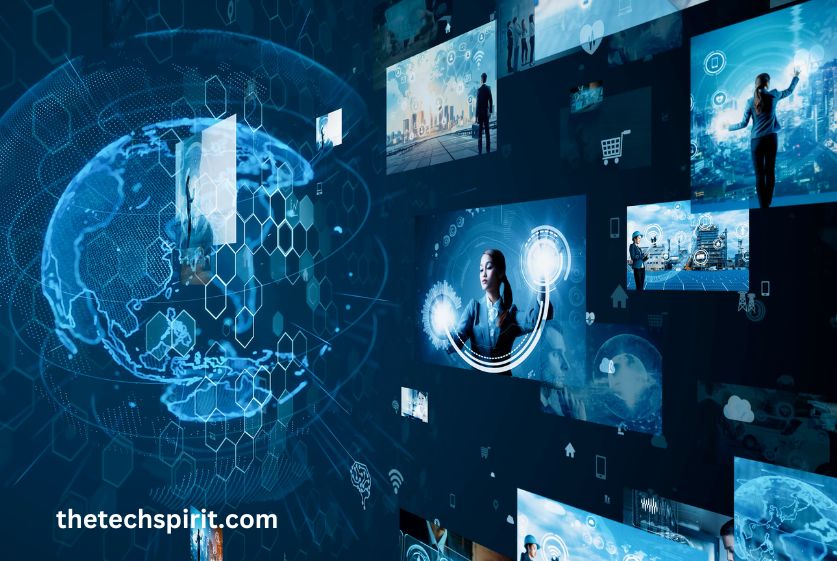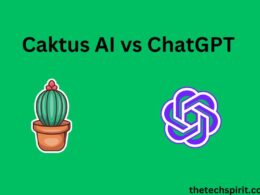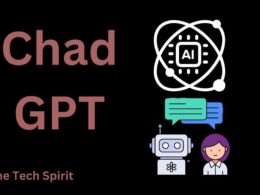We live in an era of accelerating technological transformation. Innovations in fields like artificial intelligence, robotics, genetics, and renewable energy are fundamentally altering major aspects of life – from how we work, travel, and care for our health to how we shop, bank, and interact with one another. Powerful emerging technologies even have the potential to enhance human cognition and radically extend lifespans.
As we continually find new ways to reshape the world around us through breakthroughs in science and engineering, we move closer to futures that once existed only in the realm of science fiction. But with such monumental change also comes risk and uncertainty.
How can society steer powerful new technologies toward positive ends while avoiding potential downsides?
This article will examine today’s transformative technology shaping the world of tomorrow where they currently stand, where they’re headed, why they inspire both optimism and concern, and how we might responsibly guide their development for the betterment of all people.
Table of Contents
The Exponential Pace of Technological Change
Many experts refer to today’s rapid pace of breakthrough innovations as the Fourth Industrial Revolution. But what does this mean? Fundamentally, it signifies that technology is advancing faster than ever before, transforming societies and industries by introducing entirely new capabilities. To appreciate why the scale and speed of change feel so profound recently, it helps to understand a few key concepts around technological growth.
Moore’s Law and the Accelerating Power of Computers
In 1965, Intel co-founder Gordon Moore made a prediction that became known as Moore’s Law the observation that the number of transistors on an integrated circuit, and hence its computing power, doubles about every two years. This pattern of exponential growth has largely held true, and many experts believe it has at least another decade left.
As a result, computing devices continue getting smaller, cheaper, more powerful at a blistering pace. Today’s smartphones packed with sensors and AI assistants, for instance, contain billions of transistors and surpass supercomputers from just 25 years ago.
Quantum computing promises even greater exponential leaps in processing capacity as that emerging field matures.
The Internet Revolution and Global Connectivity
Alongside raw computing power, the tech world has witnessed explosive growth in internet availability and mobile device usage over recent decades. In the mid-1990s, less than 1% of the world was online – now over 58% of all humans access the internet. Recent years saw great strides around expanding connectivity in remote and poor regions lacking infrastructure.
Critically, the convergence of nimble hardware with global information sharing networks enabled software innovation and collaborative solutions to scale at unprecedented rates. Cloud computing, mobile apps leveraging device sensors, crowdsourced platforms, messaging apps with billions of users, and more arise from these interconnected foundations.
Emerging Technologies on the Horizon
Computing devices and the internet set the stage for many cutting-edge innovations sprouting today, including:
- Artificial intelligence & machine learning – smarter algorithms, predictive analytics
- Robotics – advanced prosthetics, autonomous drones, collaborative robots
- Digital biology – genetic engineering, microbiome manipulation
- Clean energy tech – solar, wind, nuclear fusion reactors
- Quantum computing hardware and applications
- Augmented/virtual reality immersive environments
- Blockchain databases and decentralized applications
- 3D printing on-demand customized object manufacturing
- And much more…
As these exponentially accelerating technologies converge and compound, they’ll reshape industry and society in unpredictable ways in coming years and decades. But what are some key areas already seeing huge impacts from recent progress?
Key Areas Being Transformed by Technology
Modern technological breakthroughs rapidly alter major realms like business, healthcare, and infrastructure by introducing tools simply impossible in years past. Advances in fields like AI, robotics, networks, and computing hardware fundamentally change the game across multiple domains. Here are some prominent examples.
Artificial Intelligence and Machine Learning
Perhaps no emerging technology has greater versatile impact across disciplines than AI. Recent years saw massive improvements in machine learning algorithms applied across areas like computer vision, speech recognition, Translation, predictive modeling, game theory strategies, and more.

When combined with the data processing capacities of modern hardware and cloud networks, applied AI augments efficiency and uncovers new insights everywhere from medical diagnosis to supply chain monitoring. The global AI market already exceeds $60 billion and will likely continue rapid growth.
Robotics and Automation
Powerful hardcoded software instructions enable automated robots to reliably perform physical tasks like product assembly, warehousing, food preparation, surgery assistance, drone package delivery, agricultural harvesting, and more. Continued improvements around mobility, fine motor skills, and cognition expand applications.
Automating repetitive and dangerous jobs promises to increase workplace safety and productivity but also raises concerns about employment impacts on human workforces. Responsible policy and retraining programs can help ease the transition.
Genomics and Precision Medicine
New gene sequencing and editing techniques accelerate biological research and enable more personalized healthcare. Reading individual genome maps increasingly allows custom treatments based on a patient’s unique makeup and conditions. Emerging capabilities also enhance crops, livestock quality, and microbial engineering.
Tools like CRISPR gene editing coupled with embryo implantation biotechnologies have raised profound moral issues around altering future generations. The ethics of human enhancement divide opinions on appropriate applications. Prudent regulation balances benefits and responsible constraints.
Clean Energy and Sustainability
With climate challenges demanding greenhouse gas reductions, innovations around renewable energy and efficiency shape greener, more sustainable futures. Solar, wind, and batteries improve while companies fund new nuclear fusion reactor designs. Upgraded power grids, green hydrogen fuel, and nutrient recycling optimize environmental impacts.
Transportation also moves toward sustainability with electric vehicles (EVs), high-speed rail, and eventually autonomous taxi fleets requiring far fewer cars. Essential policy, infrastructure, and cultural changes must accompany the tech.
Transportation and Mobility
The very nature of human transportation transforms rapidly thanks to electrification, autonomy, and shared mobility services. As battery prices fall, EVs turn profitable and technologically superior to gas cars in many ways. Self-driving taxi networks will reshape urban landscapes. Emerging hyperloop technology may eventually enable subsonic air travel speeds for ground transport.
Governments must invest in charge point infrastructure to ease EV adoption. Legal and regulatory changes around autonomous vehicles lag behind fast-moving developments. Leaders should emphasize system safety and job retraining for disrupted industries like traditional taxi services.
Communications and Social Media
Widespread internet access and mobile devices reshape human connections, access to information, behaviors, and even governmental stability. Social media allows instant communication with peers worldwide but also carries risks like viral misinformation, polarized extremes, and social pressures.
Messaging apps provide free global outreach but have insecure privacy protections. Augmented reality layers digital information onto real environments. With both benefits and drawbacks, technology’s impacts on communications and relationships need balanced responses.
The Promises and Perils of Technological Transformation
Given the tremendous scale, scope, and accelerating pace of technological shifts today, transformations promise to grow even more consequential in coming years. Innovations inspire warranted optimism about economic and social progress but also raise cautions about emerging risks or unforeseen impacts.
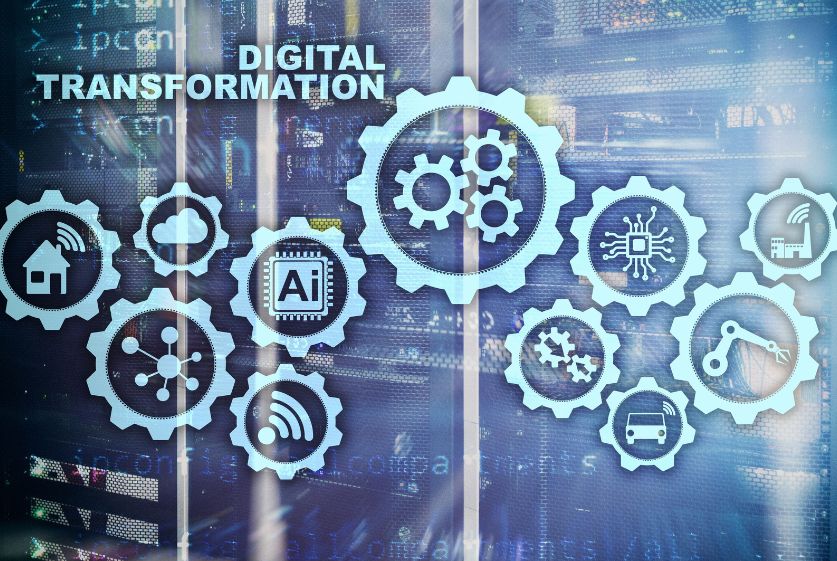
Responsible development hinges on honest reckoning with both promising and problematic aspects of transformative tech. What are some key tradeoffs involved?
Economic Productivity and New Industries
Breakthroughs like robotics, AI, sensors, and internet services enable enormous productivity leaps across agriculture, manufacturing, knowledge work, and beyond. Automating drudgery frees human efforts for more meaningful pursuits.
New technologies spur demand for related goods and services – from machine learning software to EV charging stations. Rising prosperity generally accompanies broad innovation.
The economic benefits of new technologies don’t always distribute evenly at first. Policy changes promoting affordable access prevent further marginalization of already vulnerable groups. Educational programs also help populations shift into newly valuable, non-automated roles.
Convenience and Enhanced Quality of Life
The sheer omnipresence of connected smart devices gives people instant access to services, media, guidance, and more regardless of location – vastly enhancing general convenience and enjoyment. Autonomous goods delivery promises safety and minimal wait times. Virtual reality offers immersive escapism and new educational methods. AI wearables monitor health anywhere for rapid interventions.
But perpetual connectivity risks also impact mental health without conscious moderation. Over-reliance on black box algorithms sacrifices the development of sound critical thinking practices. Prioritizing thoughtfulness allows properly guided technology use to maximize life quality gains.
Loss of Jobs and Income Inequality
A major concern around rising automation involves displaced careers and growing financial inequality. As bots and algorithms take over routine tasks, many cashier, call center, manufacturing, and clerical roles disappear. New industries can’t immediately fill the gaps, especially for mid-career workers with specialized existing skills.
Without strong social policies protecting those struggling through the economic transitions, already marginalized populations lose even more ground while owners of capital reap higher returns. Upgrading education, taxation, healthcare access, portable benefits , and wage policies helps ensure more inclusive prosperity.
Privacy, Security, and Ethical Concerns
Vast databases of personal behaviors or biomedical records introduce legitimate privacy fears around potential data breaches or uncontrolled surveillance. Sophisticated hacking threatens devices and critical infrastructure.
Advanced genetic tools raise ethical issues and require oversight. Well-intended technology like facial recognition exhibits racial bias absent careful engineering.
But thoughtful regulation, design practices emphasizing fairness, and open culture shifts provide checks against the pitfalls. Europe’s GDPR data privacy law offers one regulatory model balancing business needs with user protections other regions might emulate. Small early choices shape values embedded in exponentially growing technologies.
Preparing for the Future with Technology
Technologies highlighted so far are merely early manifestations of coming waves of innovation and challenge.
The essential question involves how to maximize the benefits of rapid advances while minimizing harms – and better yet, steering tools directly targeting progress on humanity’s greatest problems like disease, poverty, inequality, and climate change. Many approaches help shape positive futures.
Importance of STEM Education and Digital Literacy
Optimizing technology’s boons requires populations comfortable adapting to new tools via quality education emphasizing science, math, engineering, critical thinking, and digital skills. Workplaces demand ever greater technical specialization. Policy debates require informed analysis. Promoting inclusive teaching opportunities and affordable access allows diverse participation expanding benefits.
Ongoing adult learning options also help existing workforces reskill. Public media literacy campaigns make people savvier technology consumers and citizens.
Overall, knowledgeable societies more thoughtfully integrate advancements across industries and culture.
Developing Effective Laws and Regulations
Laws and policies frequently lag behind fast-changing technologies, under-regulating emerging risks. Flexible governance models are balanced to protect citizens while allowing sector growth to encourage accountability and responsible development. Issues like autonomous vehicles, misuse of biometrics, cybersecurity require nuanced political responses.
Multi stakeholder collaborations between companies, lawmakers, academics, and public interest groups foster regulations attuned to sector realities while upholding Constitutional values. No governance fixes all problems but adaptive evidenced-based approaches maximize supportive potential.
Promoting Positive Values Around Innovation
Public perceptions largely determine how emerging technologies manifest in everyday life. Cultural attitudes embracing tempered optimism, non-judgmental curiosity, concern for collective well-being over status-seeking, and general faith in human progress maximize the likelihood of positive technology outcomes improving society.
Negative responses like doom saying technological anxiety, morally panicked restrictions, hubristic overconfidence, or passive resignation likewise influence developmental trajectories in counter productive directions. Balanced educational messaging shapes healthier mainstream perspectives.
Investing in Research and Emerging Companies
Maximizing transformative technology payoffs requires funding government grants for foundational science across academia, corporate R&D departments, venture capital, and incubators for early-stage commercialization. Patience around long-timelines before tangible products emerge marks a key mental shift.
Investing overtly in startups intentionally targeting environmental or social issues like clean energy, food systems, equitable healthcare access etc. also hastens progress on shared goals. Supportive funding environments enable innovation on humanity’s greatest challenges.
Real-World Examples of Transformative Technology
The abstract ideas and potentials surrounding technological transformation ultimately manifest quite concretely in products, services, and experiences driving broad adoption across consumer and industrial spaces. Familiar examples help ground the reality of exponential change currently underway based on tools emerging recently.
Smartphones and Mobile Devices
Easy to take for granted now, mainstream pocket-sized mobile computing devices fundamentally restructured communications, business, access to information, software ecosystems, location-based services, photography, and countless everyday modern conveniences. Their spread to broad global market saturation took barely over a decade.

Streaming Services Like Netflix and Spotify
Similarly profound in reshaping media consumption patterns across generations, near-ubiquitous on-demand entertainment streaming unshackled content from limited broadcast schedules and physical formats.
Streaming’s algorithmic recommendations personalize and optimize selections for individual tastes among vast catalogs. Many sectors now moving to similar subscription models.
Digital Assistants and Smart Speakers
Internet-connected AI assistant applications represent early ambassadors of the dawning conversational computing paradigm allowing casual voice interactions to manage tasks, queries, controls, and services through home devices or phones. Though still imperfect, their incremental tuning heralds coming waves of omnipresent intelligent agents.
Electric Vehicles and Self-Driving Cars
Vehicle electrification promises massive decarbonization of substantial transportation emissions sources, though awaits further infrastructural support. Increasingly sophisticated self-driving car systems developed by companies like Tesla and WeMo foreshadow affordable, scalable robotic taxi mobility services requiring far fewer vehicles overall while improving safety.
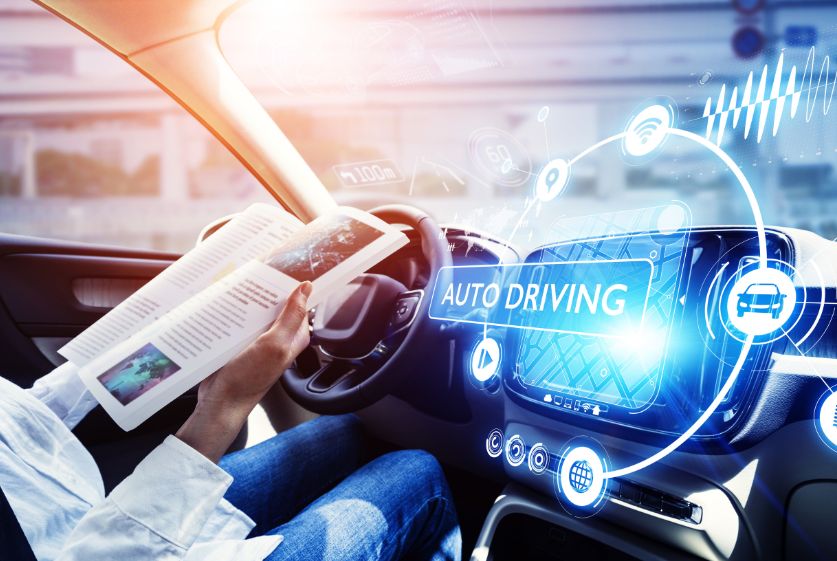
Telemedicine and Remote Patient Monitoring
Healthcare increasingly embraces advantages of sensor analytics and video visits for convenient virtual care beyond physical clinics. Chronic disease management shows promising cost/outcome improvements under remote observation. Wearable monitors also enable emerging “digital phenotype” models for early illness detection and precision treatments.
Video Conferencing and Remote Work Capabilities
The worldwide pandemic response clearly demonstrated the feasibility of remote interactions via video and collaboration tools as a new norm with surprisingly little loss of effectiveness for many desk job functions while enhancing flexibility. Workers indicate strong lifestyle preference shifts as a result. Significant ramifications continue playing out around geographic freedom.
Cryptocurrency and Blockchain Technology
Emergent digital currency and transaction methods build decentralized financial and ownership tracking infrastructure across industries and economic strata. Though crypto volatility invites speculation, underlying blockchain ledger innovations enable tokenization, smart contracts for programmatic operations and inventive crowd based funding like DAOs with influence still unfolding.
The Road Ahead: Future Possibilities and Progress
The technological transformations underway today merely suggest the beginnings of coming waves of unprecedented emerging capabilities. Sustained exponential growth in fields like computing, biotech, material science and energy storage dependably yield disruptive new technologies adapting society to their affordances.
Exciting Innovations on the Horizon
Bounded only by theoretical physics, some audacious scientific frontiers like fusion and quantum manipulate nature’s fundamental forces while achievements in consciousness decoding, nanomachine manufacturing, cellular rejuvenation or spacetime engineering once considered impossible inch closer along expected trajectories promised by researchers.
Artificial General Intelligence and the Singularity
Beyond narrow applications, rising artificial general intelligence (AGI) able to recursively self-improve threatens an imminent vastly superior “superintelligence” surpassing all human capabilities. Proponents argue the breakthrough promises a techno-utopia solving all problems transcending biological limits. Critics counter catastrophic existential risk.
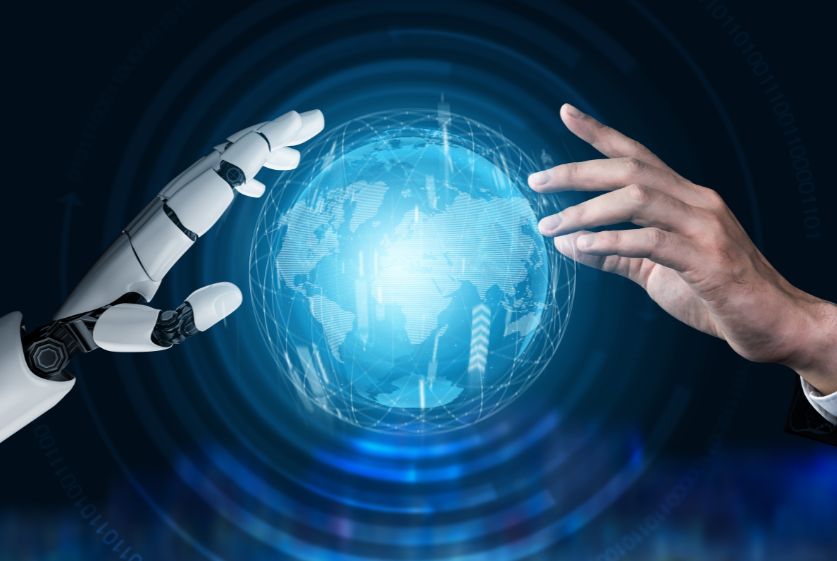
Regardless of conflicting perspectives, the notion merits serious policy forethought today given even remote possibility of extreme impact. Thought leaders propose guidelines maximizing benefits through careful staging or capability oversight. Dismissiveness underestimates evidencing potentials.
Space Exploration and Colonization
Long-term survival of consciousness likely requires spreading to other cosmic bodies via continual improvements of launch efficiencies, in-space transit, synthetic biospheres and eventually self-replicating interstellar probes or diversified settlements across multiple star systems. Renewed investment declining costs accelerate plausible paths toward this staple of science fiction.
Augmented and Virtual Reality
Unlike current simplistic VR escapism, the forthcoming mass adoption of immersive mixed reality wearables seamlessly overlaying contextual cues promises workflow transformations leveraging human intuition, senses, and mobility transformative productivity enhancements, education through simulation, travel substitution, social presence, expanded perceived reality parameters and more percolating applications through steady refinement.
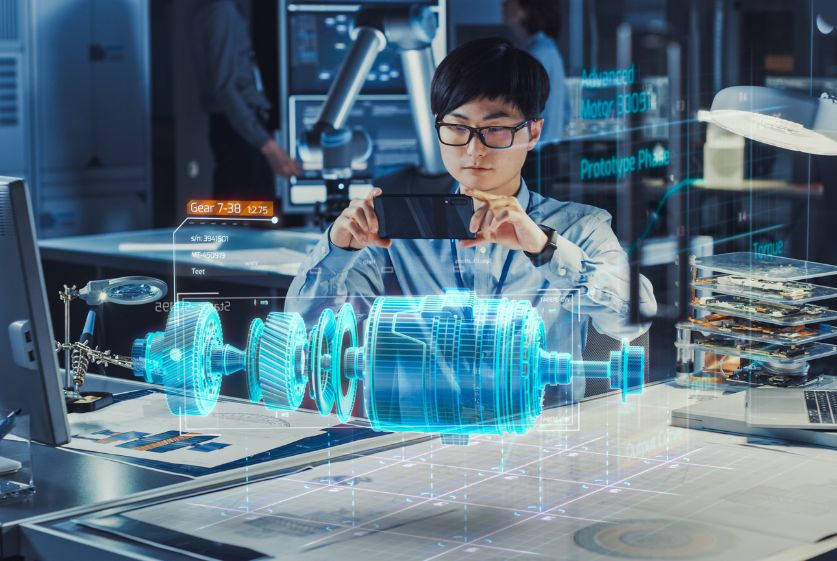
Neural Interfaces and Brain-Computer Integration
At the deepest level, direct cortical interfaces actively reading and writing between biological and artificial intelligence via implated electrodes portend profound shifts decoupling cognition from flaky mortal substrates. Living Cyborgs transcending present limits emerge from this foundational work underway in animals and humans predicting no realm spared.
Quantum Computing and Unimaginable Processing Power
Conclusively harnessing quantum physics promises exponential disruptive change dwarfing the transistor’s impacts. By entangling and superposing multiple calculations simultaneously then interfering possible worlds into desired outputs.
Early small demonstrations already surpass conventional bounds across valuable domains like finance or chemistry. Maturing implementations might one day intractably crack all modern cryptography.
Conclusion: Embracing Progress with Optimism and Purpose
Technological innovation continues progressively transforming society by expanding known ceilings of human capability and prosperity while introducing consequential risks. Developments carry no inherent moral direction beyond what informed, compassionate cultures manifest through choices and values.
Though relentless change feels destabilizing, we retain more agency to shape outcomes through earnest courage confronting challenges over reactive cowardice. If channeled intentionally toward empowering dignity for all with mindfulness of complex interdependencies, transformative technology can elevate life’s possibilities beyond prior constraints across this century’s defining frontier.
FAQs
What does transformative technology mean?
Transformative technology refers to innovations that fundamentally alter major aspects of life like business, the economy, and society as a whole. These technologies disrupt established ways of doing things and enable new capabilities.
What’s an example of currently transformative technology?
Some of today’s most transformative technologies include smartphones, artificial intelligence, electric vehicles, renewable energy, the Internet of Things, virtual/augmented reality, and cryptocurrencies based on blockchain ledgers. These innovations are changing communication, transportation, healthcare, manufacturing, finance, and more.
How quickly is technology advancing?
The pace of technological advancement is accelerating rapidly, as described by Moore’s Law which says computing power doubles about every two years. This exponential growth is leading to astonishing breakthroughs across scientific fields.
What are the possible downsides of transformative tech?
Potential downsides of rapidly advancing technology include loss of jobs/income inequality as automation displaces roles, lack of preparedness in education and policy, privacy/security vulnerabilities, ethical issues around things like AI and genetic engineering, and unintended consequences.
How can society responsibly steer emerging technologies?
Guiding transformative tech responsibly requires quality STEM education, developing laws/regulations quickly, establishing ethical guidelines, promoting optimism about progress, investing in research/entrepreneurs targeting social good, and embracing technology while balancing its risks.





